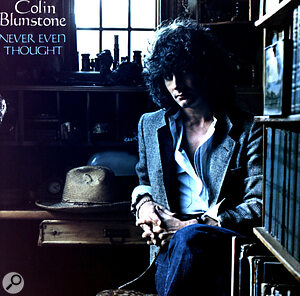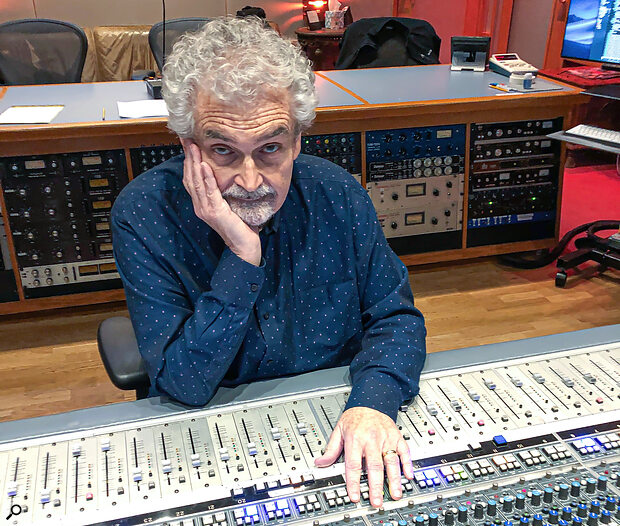During more than 45 years in the studio, American producer and engineer Bill Schnee has gained credits including Ringo Starr, Neil Diamond, Marvin Gaye, Whitney Houston, Dire Straits, Miles Davis and Steely Dan to name just a handful. He’s earned 11 Grammy nominations for Best Engineered Record, and won two for Steely Dan’s Aja (1977) and Gaucho (1980).
 “In 1978 I produced an album by Colin Blunstone — the great lead singer from the Zombies — for Elton John’s Rocket Record Company. ‘Never Even Thought’ was the title song of the album and, for me, the jewel of it.”
“In 1978 I produced an album by Colin Blunstone — the great lead singer from the Zombies — for Elton John’s Rocket Record Company. ‘Never Even Thought’ was the title song of the album and, for me, the jewel of it.”
Thought Processes
“As it was 1978, so much of what we had to do in the studio required time and creativity, which is now incredibly simple with today’s technology. Case in point were the reverbs for this song. I wanted different reverbs on Colin’s vocal for different parts of the song. As I recall, there were only two EMT 140 plates in the studio where I mixed the song. So, I had to mix some sections with one reverb setting and EQ, and other sections with different ones, and then edit the sections together on the two‑track.
“I came up in the late ’60s when my mentors said recording starts with the right mic(s) in the right position on the instrument. Consoles had very minimal equalisers, so if you wanted the sound brighter, you would move the mic or change it to a brighter one. Back then I used only four mics on the drums. When I heard the first Elton John album recorded by Robin Cable in 1970, I not only heard mics on every drum, but lots of EQ on those mics. I decided I wanted the impact of multiple mics, but not the phase‑shifty sound of excessive EQ. From then on, I spent many hours trying different mics to get the sounds I wanted from the different drums that didn’t require much, or any, EQ. From that came the drum sound I was known for, at least in Los Angeles. Never completely happy with anything I do, I am pretty happy with the drums on this Colin song.”
Fills To The Fore
“I had Jeff Porcaro on drums, David Hungate on bass, Davey Johnstone on guitar, and the track centred around James Newton Howard on electric piano and a later overdubbed acoustic piano. In spite of this all‑star band, the track took over four hours to get, most likely because I was trying too hard. When we finally got the track and the band had gone home, I went back and listened to all the previous takes just to make sure, in my pushing, we hadn’t gone past a better take. I was pleased to hear that the last take was indeed the best one for me. However, while checking the previous takes out, I found something that I was able to make into a really fun part of the arrangement.
“At the end of the fade on about the second take, as the other musicians were dropping out, Jeff started fooling around with some silly drum fills — I’m sure just to relieve a bit of tension. I really liked the fills and wondered if I could somehow use them in the master take. The first and last take were almost four hours apart, and we weren’t using a click. But not surprisingly with Jeff, when I timed 16 bars of the two takes, they were within a few 10ths of a second of each other. I cut the drum fills out of the two‑inch analogue tape, and found places in the fade that made musical sense and inserted them.
Bill Schnee: In spite of this all‑star band, the track took over four hours to get, most likely because I was trying too hard.
“When the band returned to the studio the next day, I showed them what I had done and had them each overdub their parts to the new ending. What put the track over the top was James, first with his incredible piano and electric piano work, and then with the amazing string chart he wrote. Because Colin wasn’t used to singing as high or hard as the track was calling for, I had to push him more than I usually do an artist. The result was a powerful and impassioned vocal, and the end result was everything I had hoped for, and more!”

